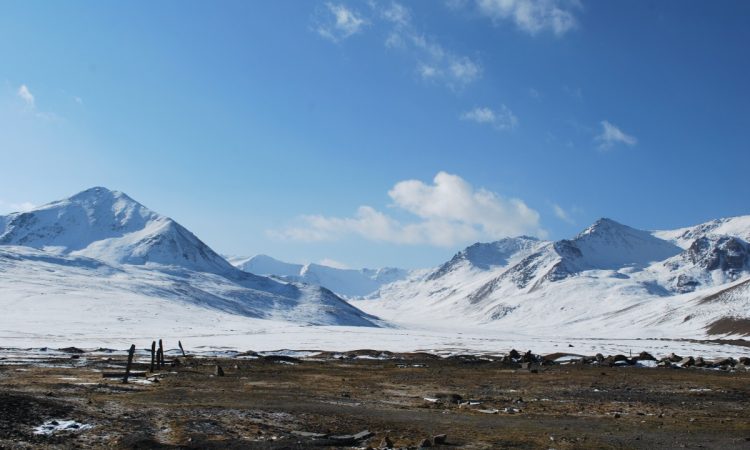Climatic jumps threaten to aggravate the issue of food security in the country, which is unable to reduce import dependence on strategic types of food by developing its own production.
From exports to imports
In order to assess the level of food security, Kyrgyzstan once defined 9 basic products: bread and bakery products, potatoes, fruits and berries, vegetables and melons, sugar, vegetable oil, milk and dairy products, meat and meat products, eggs.
Inflation on everyday consumption products – flour, vegetable oil and sugar – has hit the wallets of poor citizens, who spend more than half of their income on food. Kyrgyzstan now depends 70% on imported vegetable oil, 40% on sugar and 20% on flour.
If one of the imported products begins to exceed 40% of consumption, domestic production tends to decline, expert Manas Samatov said.
The example of sugar is illustrative: 30 years ago Kyrgyzstan was not only fully self-sufficient in sugar, but also exported it to neighboring republics. The lack of strategic development and control led to a decline in sugar industry production.
“In 2018, we had the highest sugar beet harvest in 30 years, but in that year suppliers brought a large amount of sugar to Kyrgyzstan, and as a result our farmers were unable to sell their products and suffered losses,” Samatov said.
He is convinced that the Ministry of Agriculture should have professional staff with a strategic vision, especially now when it comes to the risks associated with climate change.
Adaptation to climate change
According to statistical data, due to abnormally high temperatures in the summer of last 2023 during the growing season, the gross harvest of wheat decreased by 26.5%, barley – by 32.6%, oilseeds – with 18% less. At the same time, compared to the same date last year, there was a significant increase in the harvest of vegetables – by 8.2% and fruit and berry crops – by 0.8%.
Natalia Kilyazova, head of the Pastures and Forages Department at the Institute of Livestock and Pastures, reported on the development of a National Adaptation Plan (NAP) for climate change in the Kyrgyz Republic. According to Kilyazova now agriculture and irrigation are highlighted as one of the four priority sectors for development.
“Our main task is to create conditions and prepare agriculture as much as possible for climate change to ensure its sustainable functioning and food security,” she said in an interview with Kabar.
New challenges and possibilities
The low vulnerability score and high readiness score of Kyrgyzstan places it in the lower-right quadrant of the ND-GAIN Matrix. Adaptation challenges still exist, but Kyrgyzstan is well positioned to adapt. Kyrgyzstan is the 158th most vulnerable country and the 100th most ready country. https://gain.nd.edu/our-work/country-index/rankings/
Manas Samatov believes that the country has good climatic conditions for growing profitable crops, providing food not only for the domestic market but also has the potential for export. But there is a noticeable gap between farmers who introduce new technologies, equipment and have access to financial resources and those who work the old-fashioned way.
“When a farmer is engaged in unprofitable production – in livestock or crop production – the quality of his life decreases, and there will be no development in the agricultural sector as a whole,” he said.
He believes that Kyrgyzstan needs to analyze the world food market, introduce new technologies and equipment, and, in the context of climate change, study the risks, introduce drip irrigation and conduct information work with farmers.




